Gas chromatography (GC) relies on a steady and reliable supply of gases, making gas generators an essential component of a well-functioning GC system.
Modern laboratories are increasingly adopting gas generators instead of traditional gas cylinders to enhance efficiency, safety, and cost-effectiveness.
Get a free Axion Lite Membership and watch “How to switch from helium to hydrogen in one simple step”.
1. Hydrogen Generator
Hydrogen serves two critical roles in GC: as a carrier gas and as a fuel gas for the flame ionization detector (FID). A hydrogen generator provides a continuous and on-demand supply of high-purity hydrogen, eliminating the need for bulky and potentially hazardous gas cylinders.
Benefits of a Hydrogen Generator:
- Continuous Supply: Ensures an uninterrupted flow without the need for frequent cylinder replacements.
- Safety: Reduces risks associated with storing and handling high-pressure hydrogen tanks.
- Cost Savings: More economical in the long run compared to purchasing gas cylinders.
2. Zero Air Generator
Zero air is a purified air source used as the oxidant gas in the FID. A zero air generator removes contaminants such as hydrocarbons and moisture from ambient air, ensuring clean and consistent performance.
Benefits of a Zero Air Generator:
- Purity Assurance: Delivers hydrocarbon-free air for optimal detector function.
- Reduced Contamination: Prevents interference that could affect analysis accuracy.
- Convenience: Eliminates the need for air cylinders and reduces supply chain dependency.
3. Nitrogen Generator
Nitrogen is commonly used as a make-up gas in GC to enhance detector sensitivity and efficiency. A nitrogen generator extracts high-purity nitrogen from ambient air, providing a reliable and cost-effective gas supply.
Benefits of a Nitrogen Generator:
- Consistent Gas Quality: Ensures a steady and pure nitrogen supply for analytical accuracy.
- Lower Operational Costs: Reduces expenses associated with nitrogen cylinder procurement and storage.
- Sustainability: Minimizes waste and logistical challenges associated with cylinder management.
Gas Generators vs. Gas Cylinders
Switching from gas cylinders to generators offers numerous advantages, including:
- Uninterrupted Workflow: No downtime due to cylinder depletion or replacement delays.
- Enhanced Safety: Eliminates risks related to high-pressure storage and transport.
- Lower Long-Term Costs: Reduces recurring expenses associated with gas cylinder rentals and refills.
- Space Efficiency: Compact generators free up valuable lab space compared to large gas cylinders.
Summary
For an efficient GC setup, the following gas generators are essential:
- Hydrogen Generator: Supplies hydrogen for the carrier gas and FID fuel gas.
- Zero Air Generator: Provides purified air for FID combustion.
- Nitrogen Generator: Supplies make-up gas to improve detector performance.
By integrating gas generators, laboratories can improve operational efficiency, ensure a reliable gas supply, and eliminate the inconveniences of gas cylinder management.
For a more in-depth look at GC operation, check out our GC operations video, “Gas Chromatography Demystified – Understanding How A GC Works”, where we cover the entire system from top to bottom!
Do you have any questions or comments? Reach out to us here.

